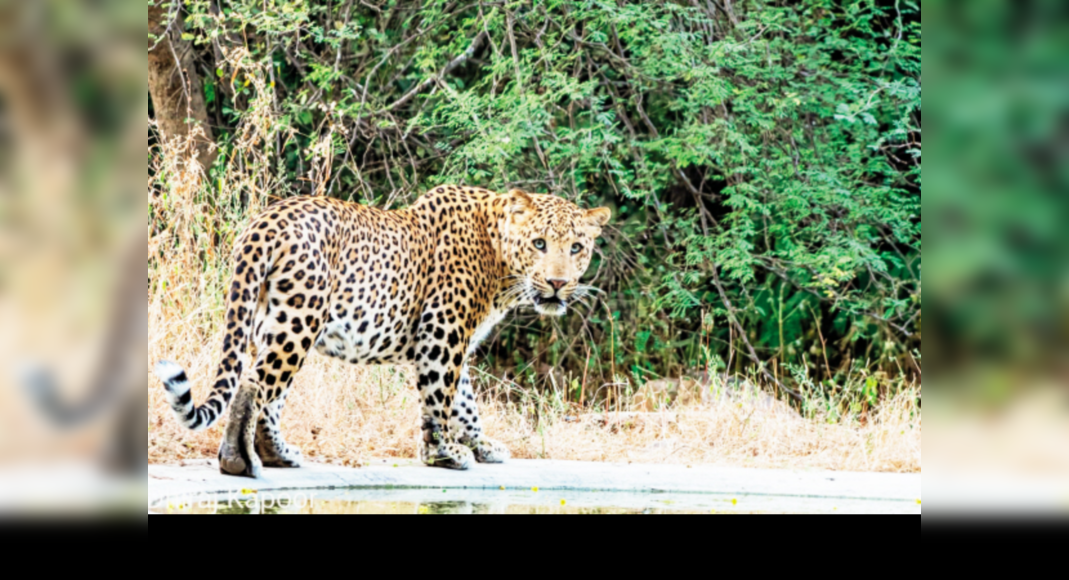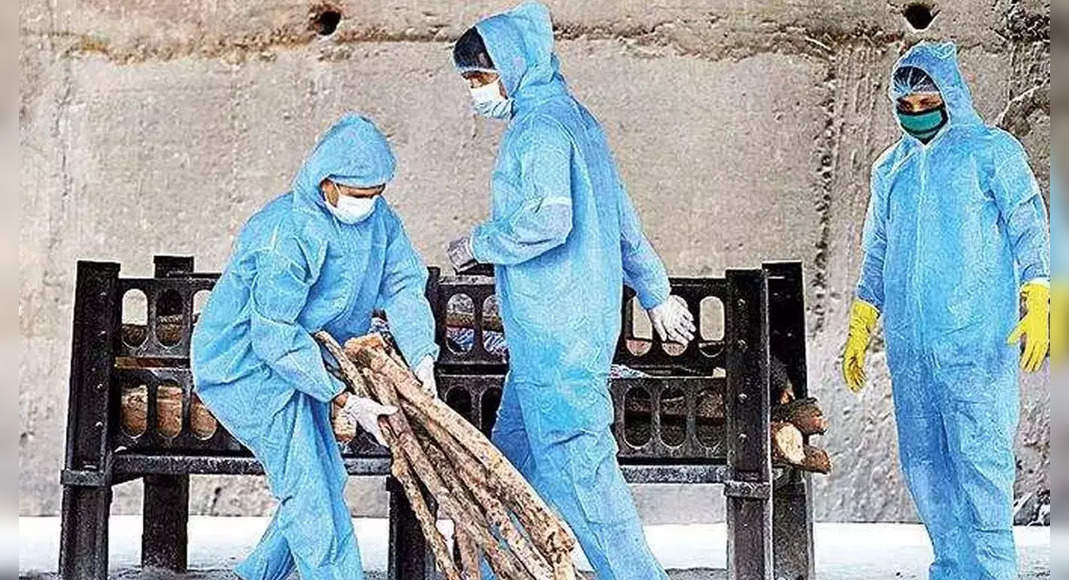JAIPUR: Not just tigers, leopards in the state are under threat too as many have died or have gone missing mysteriously from Jhalana Reserve Forest, where ‘Project Leopard’, a first-of-its-kind, was launched.
A recent study ‘Jhalana Leopard Family Tree, 2012-2021’ by the member of Leopard Monitoring Committee, Dhiraj Kapoor, has revealed 32 leopards have died or went missing from Jhalana in this duration.
A worrisome figure that the research highlighted was that altogether 25 sub-adults and cubs died or disappeared from the region, which once roamed in the 20 sq km area.
Kapoor said, “Only three leopard deaths can be attributed to old age.
Deaths of cubs and sub-adults are either related to territorial fights, infanticide, mating rights or other unknown causes.
However, no traces were recorded.” Even as there is considerable joy due to the increase in leopard population, the experts are sounding a word of caution as the area is bursting at the seams.
At present, 36 leopards are living in a 20 sq km area.
The report reads, “The density of leopards is too high for an urban jungle.
With new cubs being regularly born the sub-adults get pushed out.
In search of territory, these wild cats venture out and go missing or get killed in territorial fights.” With the leopard population on an upward trajectory, there is an expected spillover to the different adjoining areas of the reserve.
The researchers are apprehensive that these young leopards may go missing again.
“There are 15 leopards that are between 12 months and 24 months of age, which will soon venture out for new territories and disappear in the process.
It is imperative that the forest department addresses this problem of plenty as soon as possible to save these leopards from going missing,” reads the report.
To provide them a safe habitat, the department should now consider developing safe habitat for leopards under project leopard.
“Rajasthan has luckily got a long stretch of Aravali hill ranges, which is ideal habitat for leopards.
Other areas should be developed to trans-locate the leopards and tigers,” said an expert.
Agreeing to the point, a senior official said, “The big cat population is higher than its carrying capacity.
Ideally, one male leopard requires at least 5 sq km area.
The department is considering on developing surrounding forest areas including Galta, which is above 700 hectare in size.”







